
Doctors Highlight A Rare Cancer Symptom That Can Appear On Your Toenails
Subtle Yet Serious: Nail Changes That Could Signal Cancer
Medical professionals are raising awareness about often-overlooked symptoms of cancer that may appear in an unexpected place—your toenails or fingernails. These subtle changes can be easy to dismiss, but experts stress that they might be early indicators of a serious health condition like melanoma.
It’s natural to shrug off small physical changes, especially if they don’t cause pain or discomfort. Most people assume these signs will simply resolve on their own. However, even seemingly minor changes in the appearance of your nails could be your body’s way of alerting you to a deeper issue.
When we think of visible symptoms of skin cancer, unusual moles or discolorations on the skin typically come to mind. But nails—while not skin in the conventional sense—can also reflect significant internal health problems. Nail abnormalities may be among the earliest signs of subungual melanoma, a rare but serious type of skin cancer that occurs under the nails.
Because of this, dermatologists emphasize that nail changes should not be ignored. Monitoring the color, shape, and texture of your nails could be a crucial step in early detection and treatment.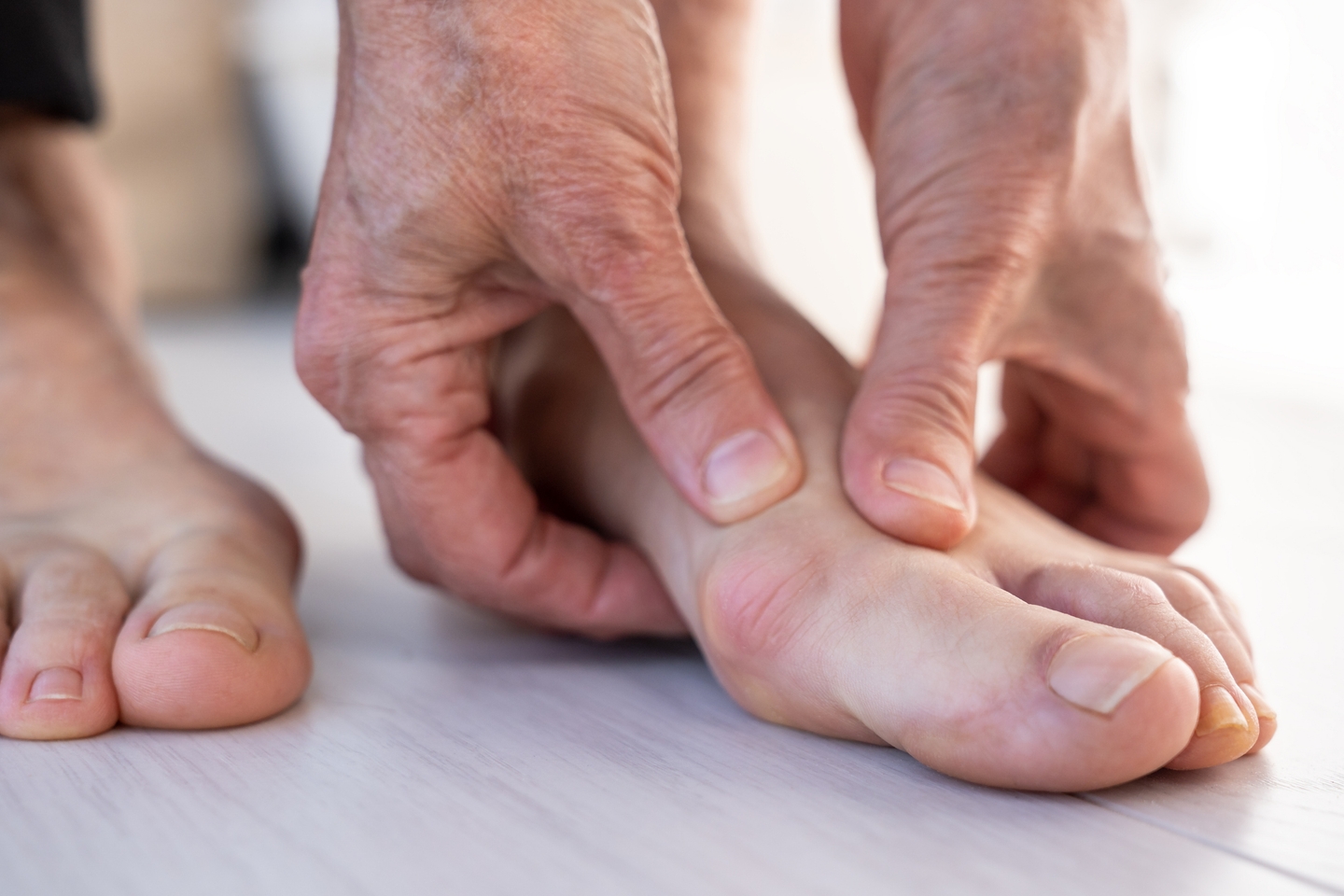
Melanoma Can Develop Beneath the Nails
While melanoma most commonly develops on sun-exposed areas like the face, arms, or legs, it’s important to recognize that it can also form in places where the sun doesn’t shine. According to the American Academy of Dermatology Association (AADA), melanoma can also appear under or around your nails—a form known as subungual melanoma or nail melanoma.
Unlike other types of melanoma, subungual melanoma is not caused by sun exposure. It typically affects the big toe, thumb, or index finger, and has been categorized as a particularly serious condition due to its potential to be misdiagnosed or go unnoticed for extended periods.
The Cleveland Clinic highlights that while this type of melanoma is rare, it can affect anyone. That said, the risk is higher among individuals aged 50 to 70, and it appears to be more prevalent in people with darker skin tones, such as those of African-American, Asian, or Hispanic descent.
Early detection is key. Unfortunately, many people confuse the signs of subungual melanoma with bruising, fungal infections, or other benign nail conditions, which may delay diagnosis and treatment.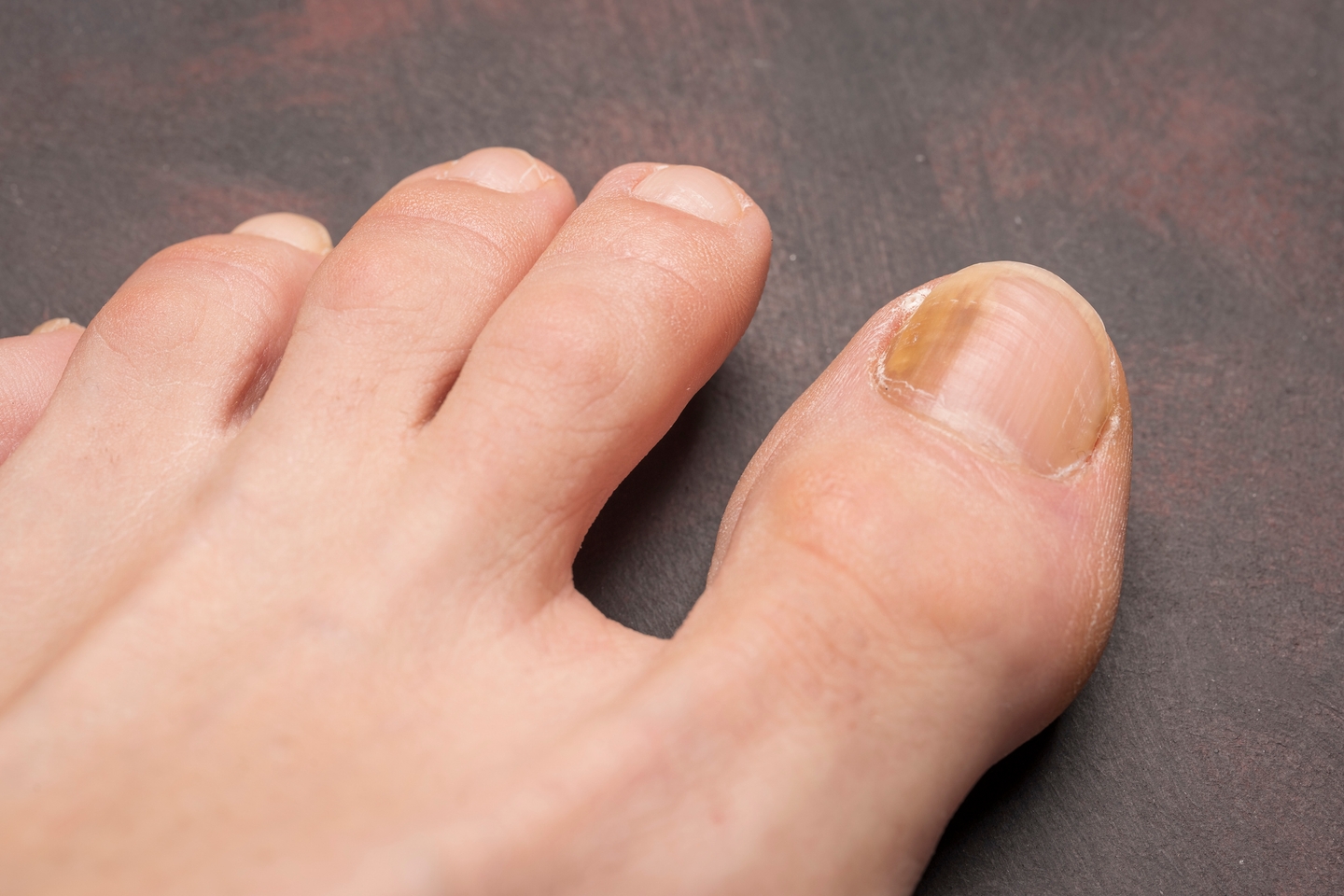
What Are the Warning Signs of Nail Melanoma?
Dermatologists working with the AADA have identified several warning signs that may indicate the presence of nail melanoma. Here are five important symptoms to look out for:
-
A dark, black, or brown streak running along the nail – This is often seen on the thumb or big toe but can develop on any nail. It may gradually widen over time.
-
Darkening of the skin surrounding the nail – The pigment may extend beyond the nail itself, affecting the nearby skin (a condition known as Hutchinson’s sign).
-
Separation of the nail from the nail bed – If the nail starts to lift off or detach from your finger or toe without a clear injury, it could signal an issue.
-
Splitting or cracking down the center of the nail – This can happen even in the absence of trauma or other external factors.
-
A visible bump or growth under or near the nail – This might be accompanied by a discolored band. The band may be irregular, wide, or narrow and very dark in color.
In some cases, the nail may also become brittle or distorted. People might initially mistake the symptoms for fungal infections, which highlights the importance of seeking professional evaluation.
When to See a Dermatologist
If you notice any unexplained changes to your nails—especially the development of new dark streaks, discoloration, or distortion—it’s important to consult with a dermatologist as soon as possible. Early intervention can make a significant difference in treatment outcomes.
Experts recommend taking photos to document changes over time, particularly if the discoloration or streak seems to grow or spread. This record can help your healthcare provider assess how quickly the condition is progressing and guide next steps.
While not every nail change is a sign of something serious, staying informed and vigilant can help you spot potential issues early—when treatment is most effective.
News in the same category

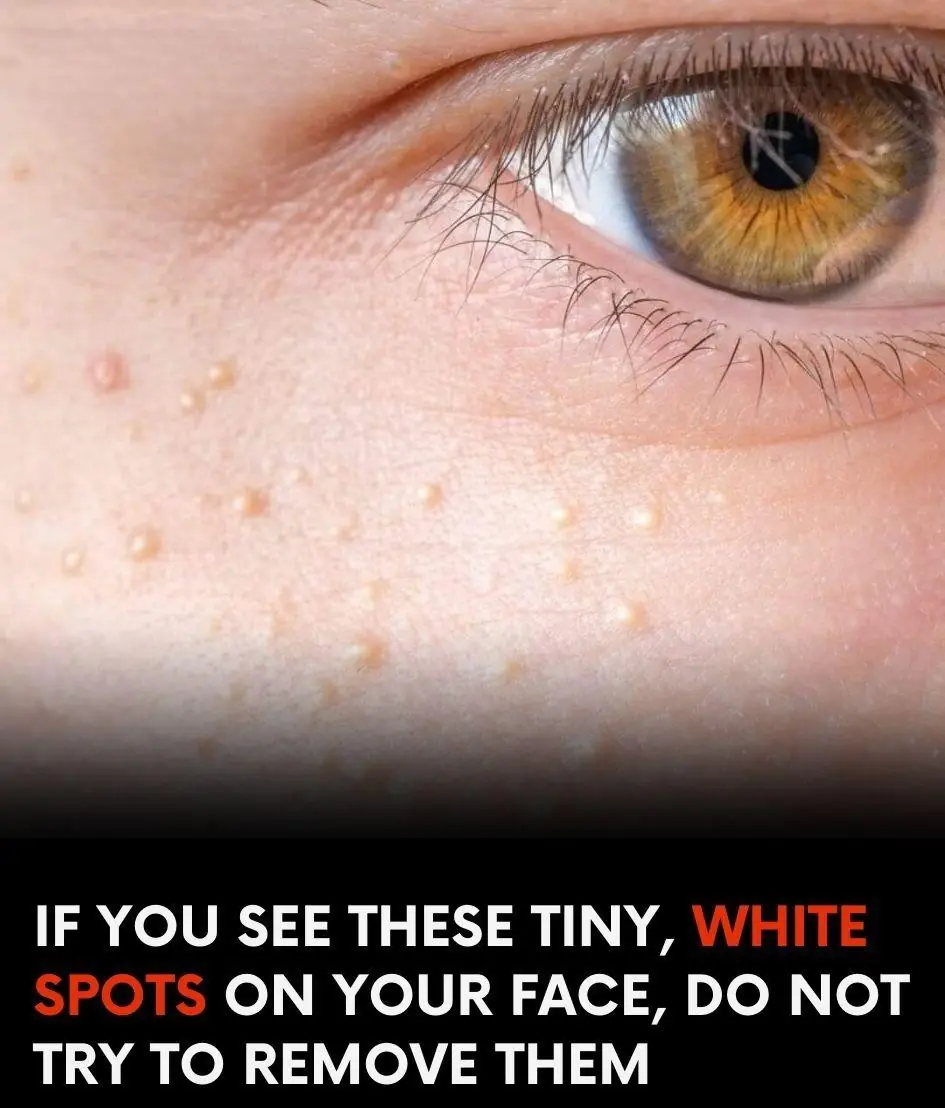
How to Safely Remove Milia

Natural Methods to Destroy Bloating and Heartburn-Causing Bacteria in Your Gut

Doctor warns of the worrying symptoms that mean common disorder could actually be bowel cancer
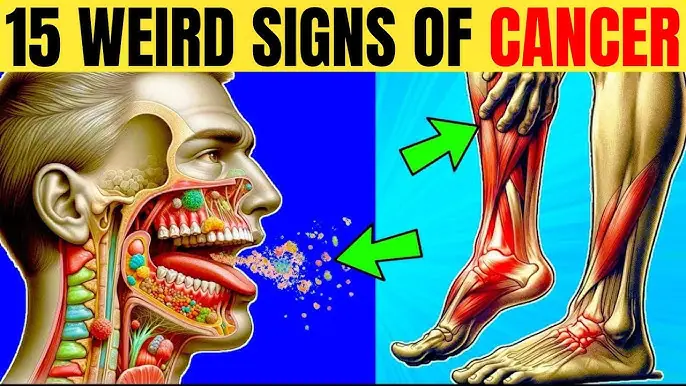
15 Early Signs Your Body is Fighting Cancer
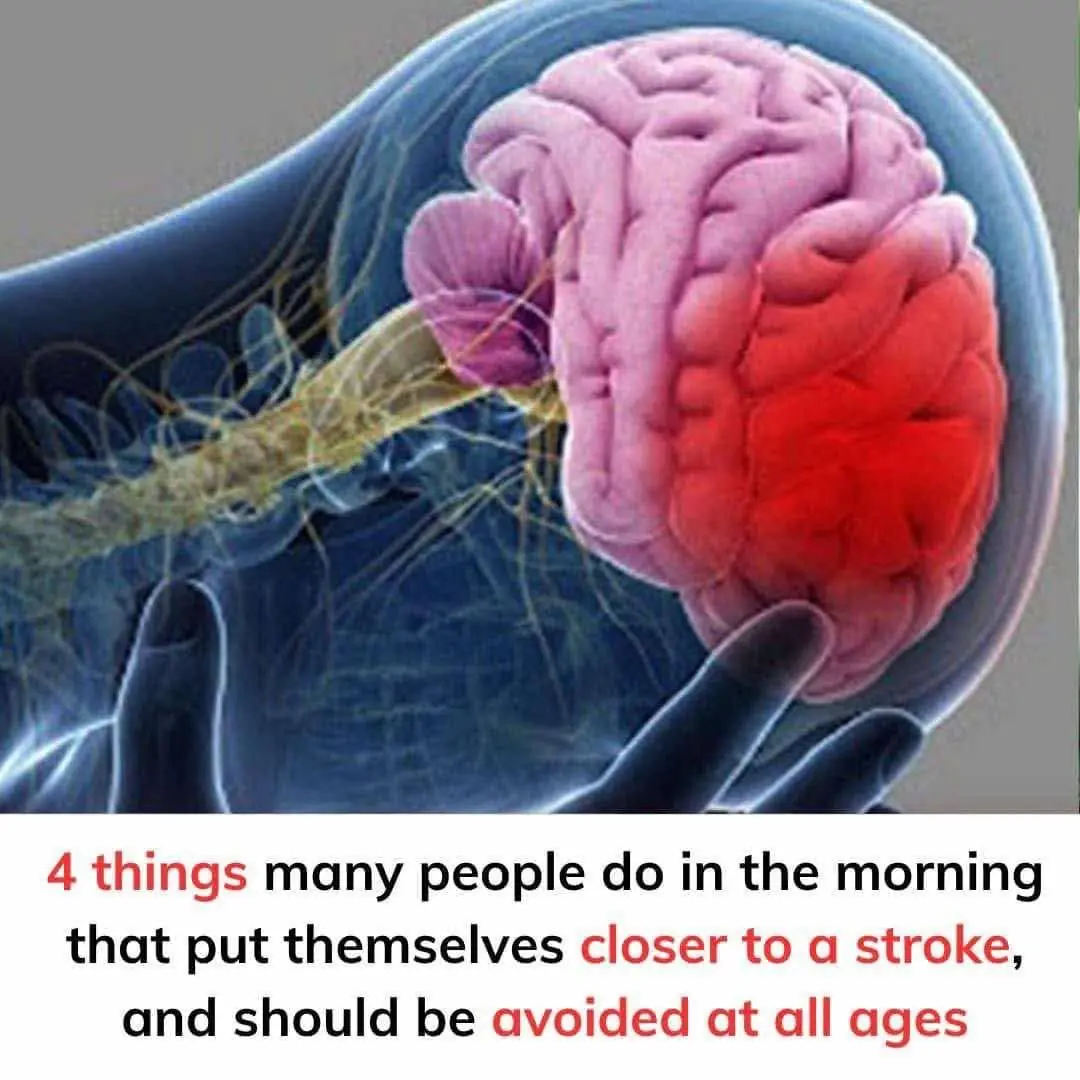
common morning habits that may increase your risk of stroke

New COVID Wave Surges — Health Officials Sound Alarm As Cases Double

How to Improve Your Vision Naturally with One Simple Ingredient: Saffron

How to STOP Cravings FAST Without Dieting! (The Natural Ozempic?)

Doctors make disturbing discovery in the brains of heavy alcohol drinkers that 'can cause long-term effects'

World-first sperm race is happening soon and the creators have revealed how it will work
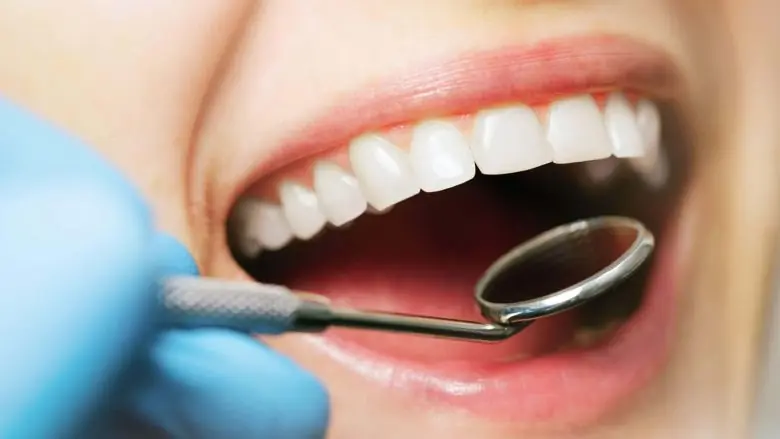
Scientists Grow First Fully Formed Tooth In Lab — A Groundbreaking Breakthrough
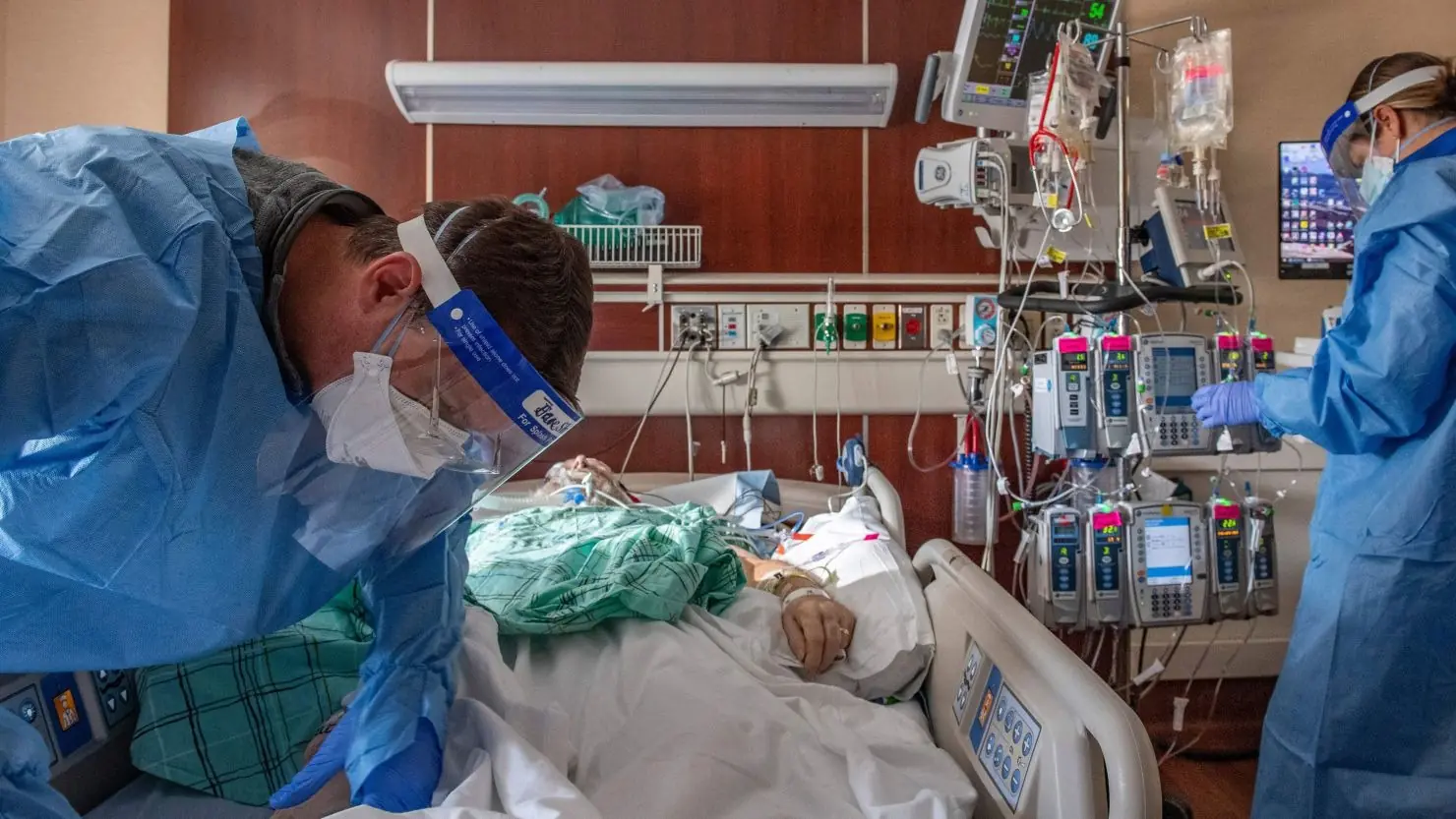
New COVID Wave Surges — Health Officials Sound Alarm As Cases Double

10 Things That Men May Find Unattractive About Women Over 50

8 Signs You Might Be Affected by Lactose Intolerance

Understanding Diabetes: Types, Symptoms, Risks, and How to Manage It

Stroke Warning Signs: When Your Body Sends a Silent SOS

Understanding Cholesterol: The Good, the Bad, and How to Keep It in Check

Only 1 Cup a Day: Choose 1 of These 3 Drinks to CLEANSE Your Fatty Liver!
News Post

Husband Gifted Me a Mop on Our 10th Anniversary as His Sister Laughed – Moments Later, Karma Restored My Faith in Goodness

AM I WRONG FOR BEING UPSET THAT MY 71-YEAR-OLD MOM, ELEANOR, SPENT HER MONEY ON TRAVELING INSTEAD OF HELPING ME, SOPHIA, WITH MY BILLS?

My Husband Bought First Class Tickets for Himself and His Mom Leaving Me and the Kids in Economy - My Lesson to Him Was Harsh

My MIL Thought I Was Not Beautiful Enough for Her Son, So I Entered a Beauty Contest to Win the Crown

Scientists Have Discovered An Alarming Rise in Advanced Prostate Cancer in California

How to Safely Remove Milia

Natural Methods to Destroy Bloating and Heartburn-Causing Bacteria in Your Gut

Doctor warns of the worrying symptoms that mean common disorder could actually be bowel cancer

15 Early Signs Your Body is Fighting Cancer

common morning habits that may increase your risk of stroke

New COVID Wave Surges — Health Officials Sound Alarm As Cases Double

Photographer of tragic little girl trapped in volcanic mudflow explains why he didn’t help her

How to Improve Your Vision Naturally with One Simple Ingredient: Saffron

How to STOP Cravings FAST Without Dieting! (The Natural Ozempic?)
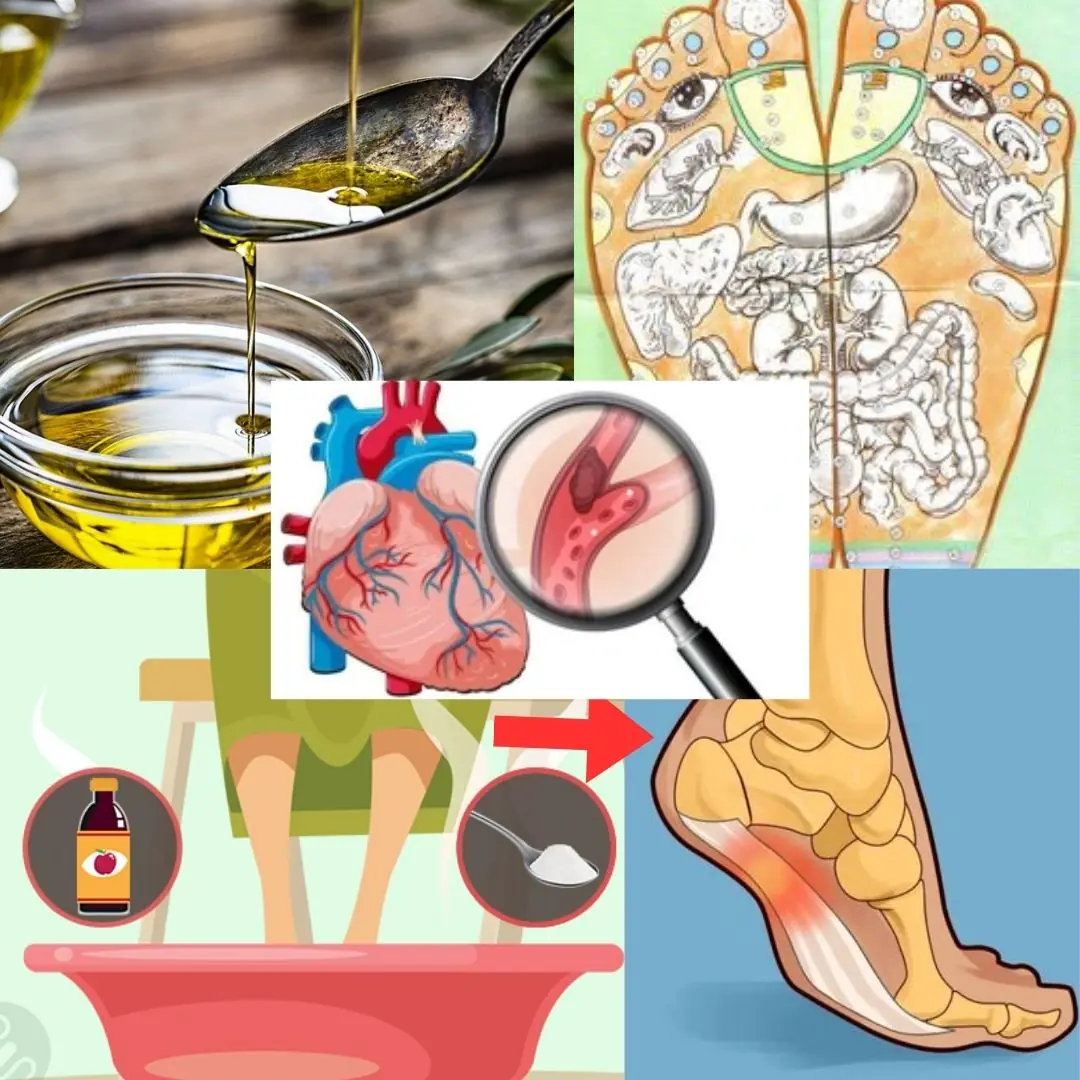
Homemade Natural Painkiller: A Simple 3-Ingredient Remedy for Fast Relief

URGENT: These Foods Improve Circulation INSTANTLY!

THEY BEGGED ME TO QUIT MY JOB TO WATCH MY GRANDKIDS – NOW THEY'RE DUMPING ME FOR DAYCARE
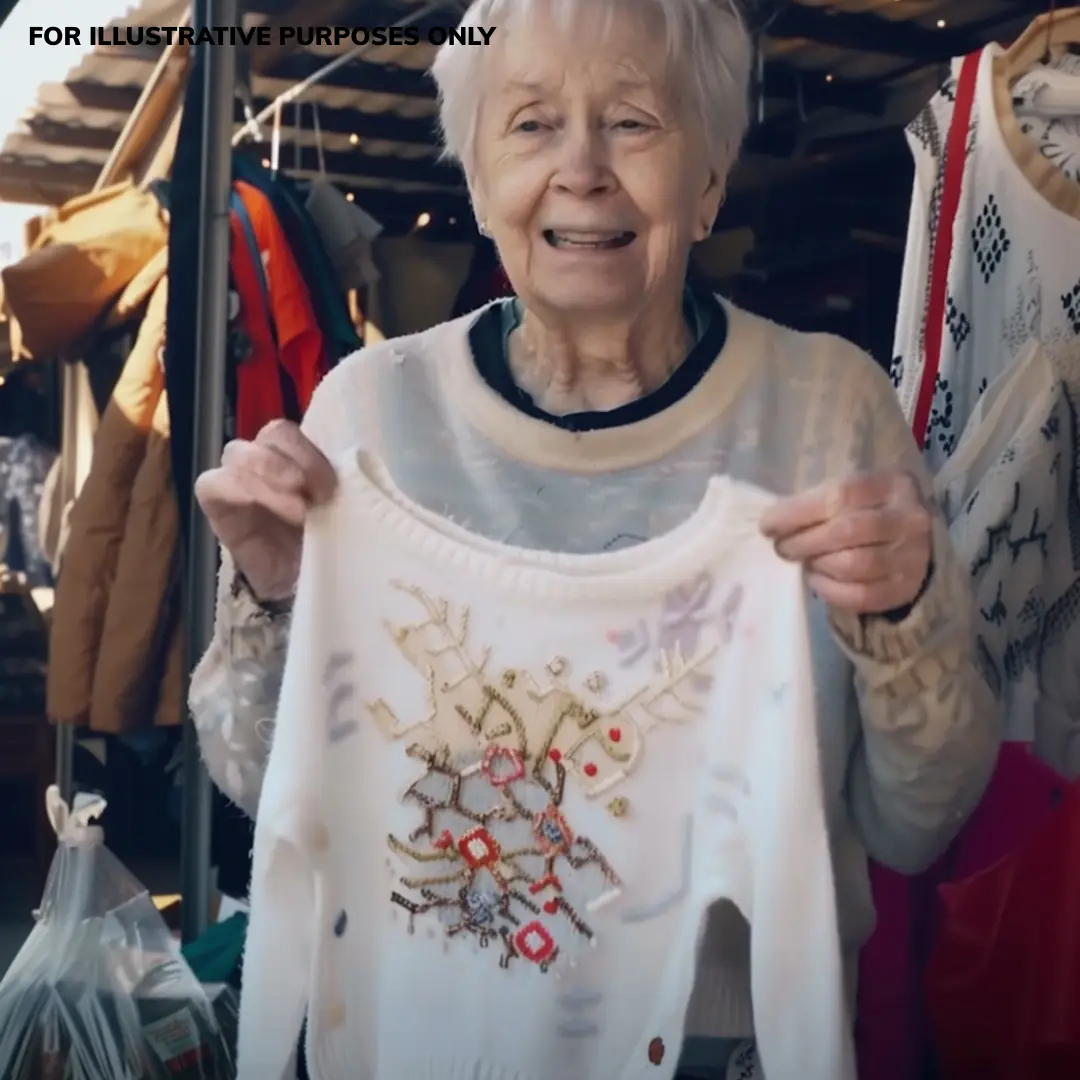
Grandma Saw the Sweater She Knitted for Her Granddaughter Donated and Decided It Was Time for a Talk About Appreciation

My Late Mom Left Me a Trust Fund, but My Dad Took Money from It for His Stepdaughter — I Finally Retaliated
